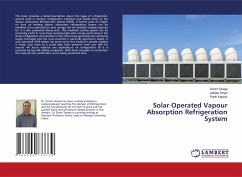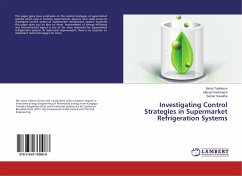The majority of the cooling systems are driven by electric energy that does not cover all the human living areas such as a countryside of some developing countries. So people living in such areas may not able to preserve their food and store vaccines in their local clinics. Accordingly, solar adsorption refrigeration technology is clean and simple for use in air conditioning, ice making, food preservation and vaccine storage. The working principle is the reversible physical adsorption of a vapor on the surface of a porous solid. An intermittent adsorptive solar ice-maker is an attractive application that is composed of adsorbent bed as adsorptive reactor integrated into a solar collector for the desorption of the sorbent material during the day. During the night adsorption occurs in the adsorbent bed when the refrigerant flows from the evaporator, in which the cooling effect is obtained and some ice may be produced. Thermal analysis and modeling study of an activated carbon/methanol intermittent solar adsorption refrigeration systems are the major concern of this book to represent the system and to improve its performance.
Bitte wählen Sie Ihr Anliegen aus.
Rechnungen
Retourenschein anfordern
Bestellstatus
Storno








